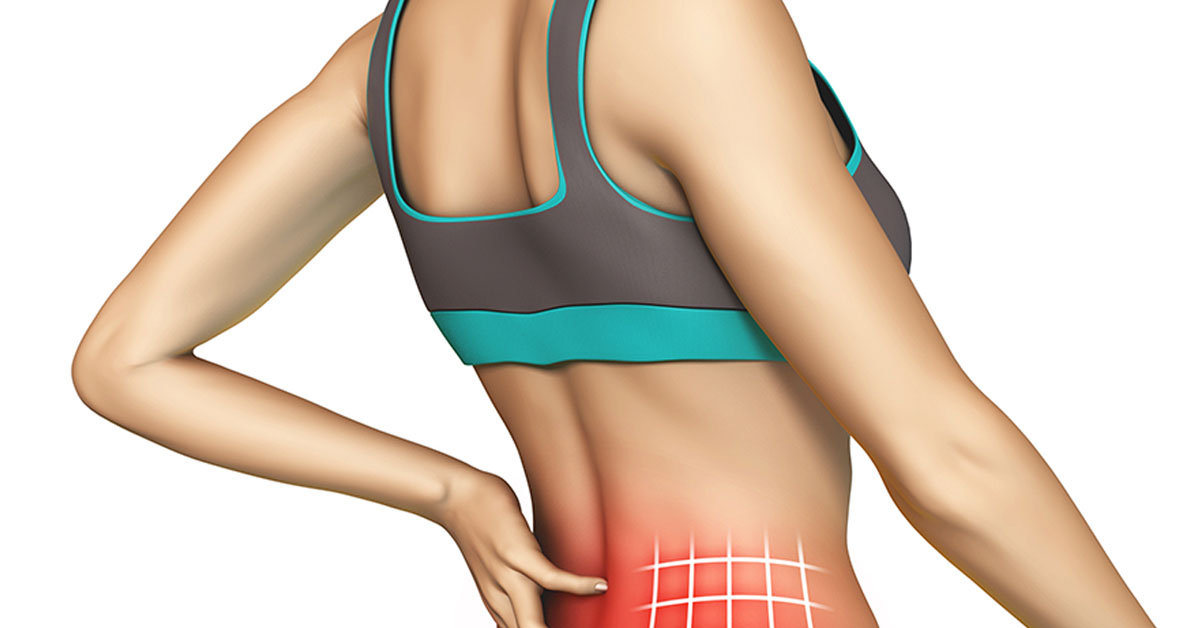
Lumbar Laminectomy
Lumbar Laminectomy is a surgical procedure performed on the lower spine to relieve pressure on one or more nerve roots. The procedure can be understood by breaking its name into its Latin parts. Lamina means a thin piece or plate and -ectomy means removal. The surgeon removes a section of the lamina to relieve pressure on the nerve roots.
Who needs a Lumbar Laminectomy?
Lumbar Laminectomy is suggested for patients who face back and leg pain caused by nerve root compression that has not responded to conservative treatment. Nerve root compression places pressure on nerve roots in the lower spine.
It is also suggested for patients who have spinal stenosis. Spinal stenosis is a condition that causes the spinal canal to narrow, which puts pressure on the spinal cord and nerve roots.
Lumbar Laminectomy is also suggested to relieve pressure on spinal cord caused by degenerative discs, tumors, bone spurs, or disc fragments.
What are the steps involved in Lumbar Laminectomy?
The procedure for Lumbar Laminectomy usually involves the following steps.
Incision
The patient is sedated with the help of anesthesia. The surgeon makes an incision along the midline of the back and moves aside the skin, muscles, fat and other soft tissues to expose vertebral bones.
Removal of Spinous Process
The surgeon removes the spinous process. It is the portion of the vertebra that protrudes furthest from the back of the spine.
Removal of Lamina
The surgeon then removes the damaged lamina. It is the roof of the bone over the back of the spinal cord. Removal of lamina opens up the spinal canal and, therefore, takes pressure off the spinal nerves and nerve roots.
Removal of Bone Spurs and Fragments
The surgeon also removes any bone spurs and bone fragments that may be pinching the nerve roots.
Closure
The procedure ends when the surgeon eases the soft tissues and muscles back in their place and closes the incision.
What happens after the Lumbar Laminectomy surgery?
The surgeon will suggest the patient a specific postoperative recovery and exercise plan to help him or her return to their normal activity level. While some symptoms may improve gradually over time, others may immediately improve.
Length of hospital stay depends on the patient's specific treatment plan. The patient typically will be able to walk around by the end of the day the surgery was performed. Returning to work and normal activity will depend on the level of activity and the extent to which the body has healed.



